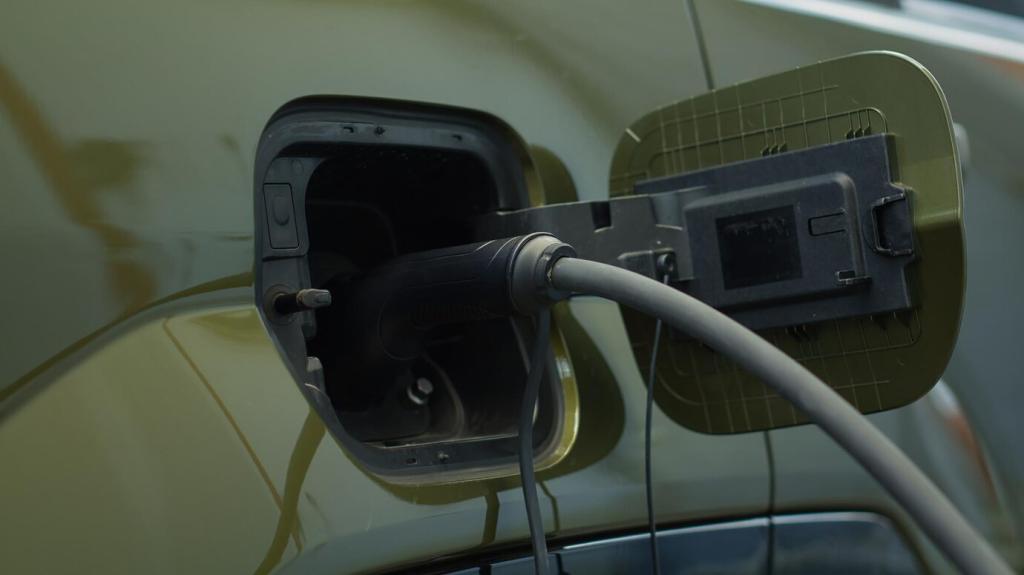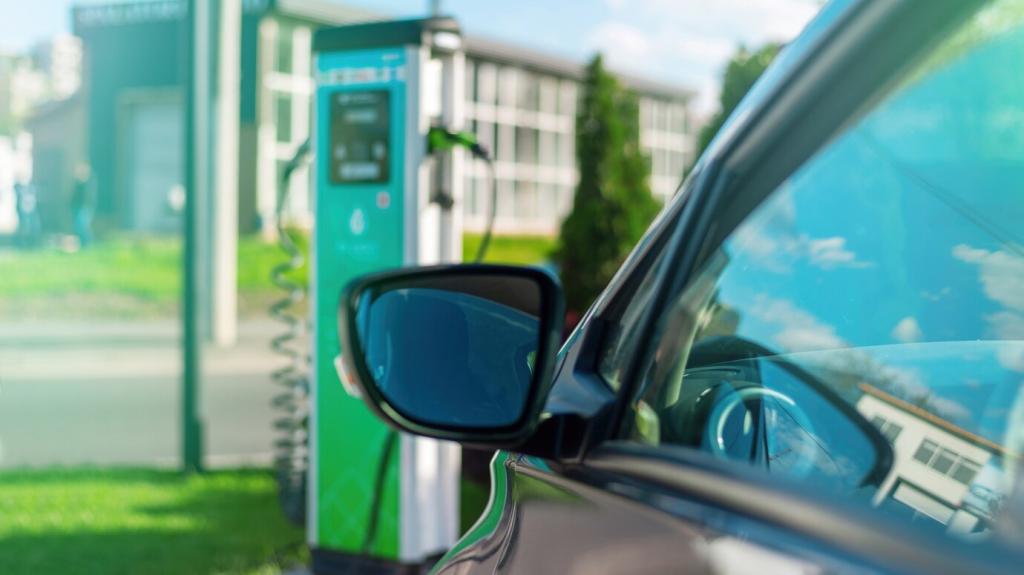Resilience and Microgrids: AI in Extreme Events
Models combine vegetation maps, soil moisture, wind fields, and asset age to estimate where lines will fail. Crews pre-position, spares are staged, and restoration accelerates. If you’ve coordinated storm response, what data layers most improved your accuracy and shortened customer downtime meaningfully during critical events?
Resilience and Microgrids: AI in Extreme Events
Microgrids use AI to rebalance loads, prioritize critical services, and schedule diesel backup sparingly when renewable output dips. Residents gain reliable power for clinics, schools, and communications. Share your microgrid lessons learned—governance, training, and maintenance that keep systems resilient long after ribbon cuttings conclude officially.










